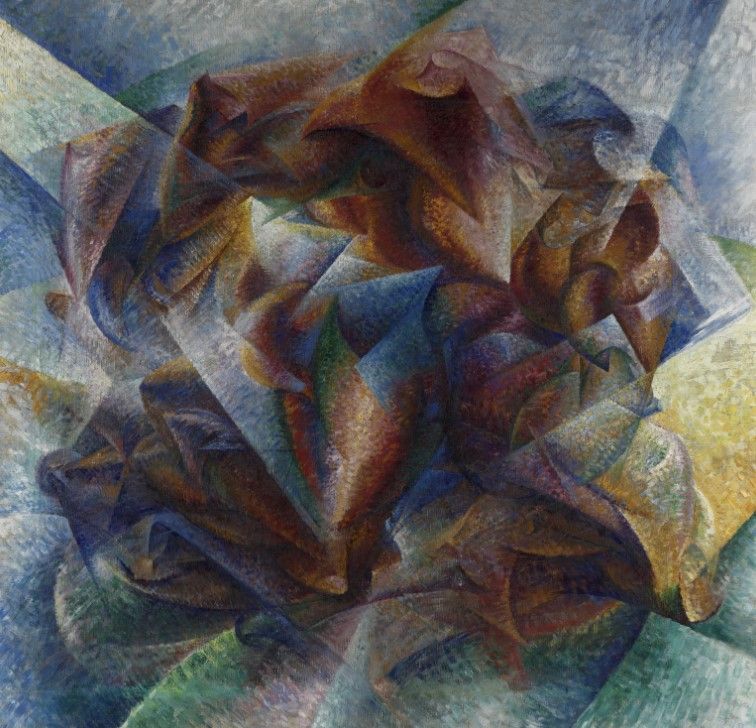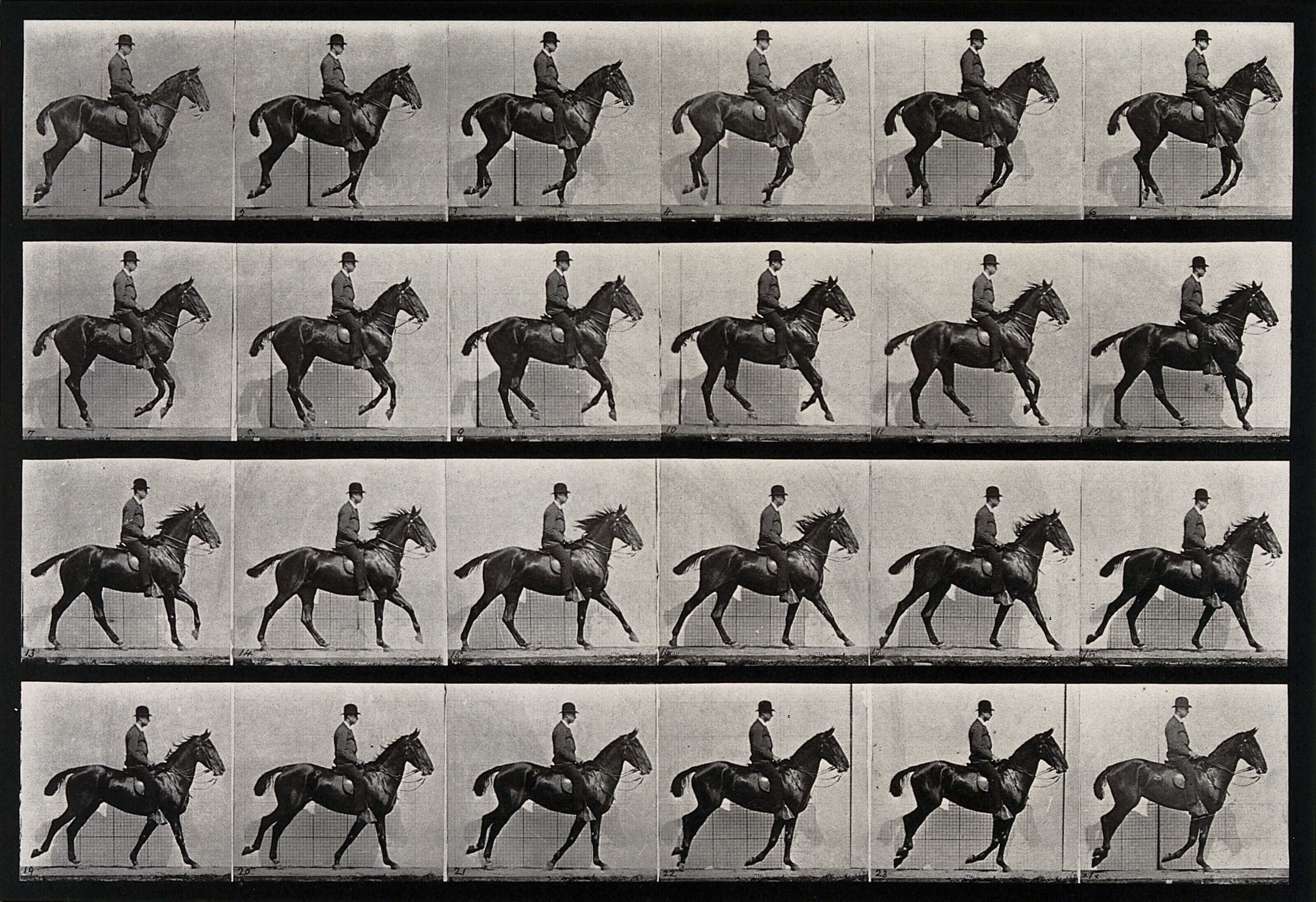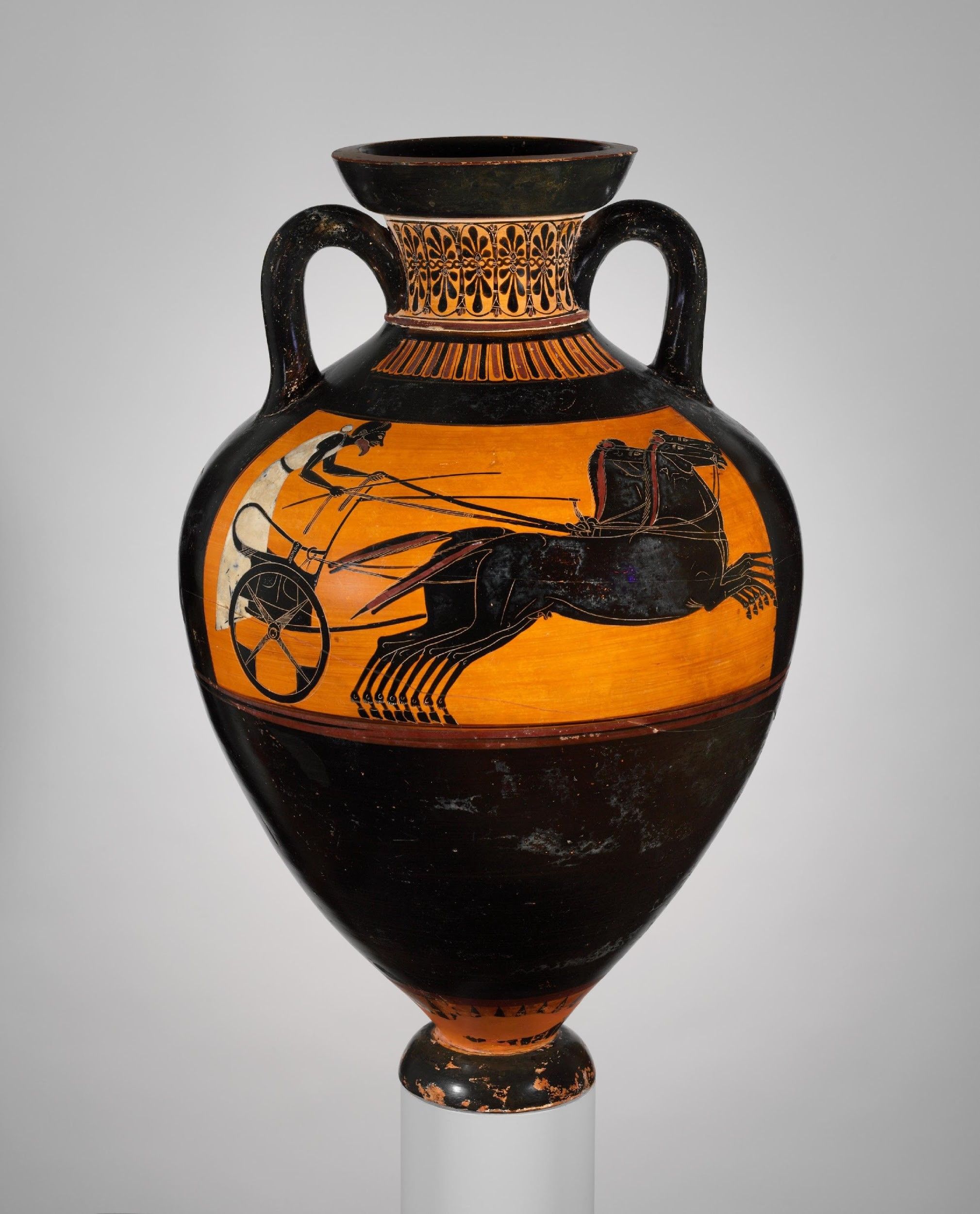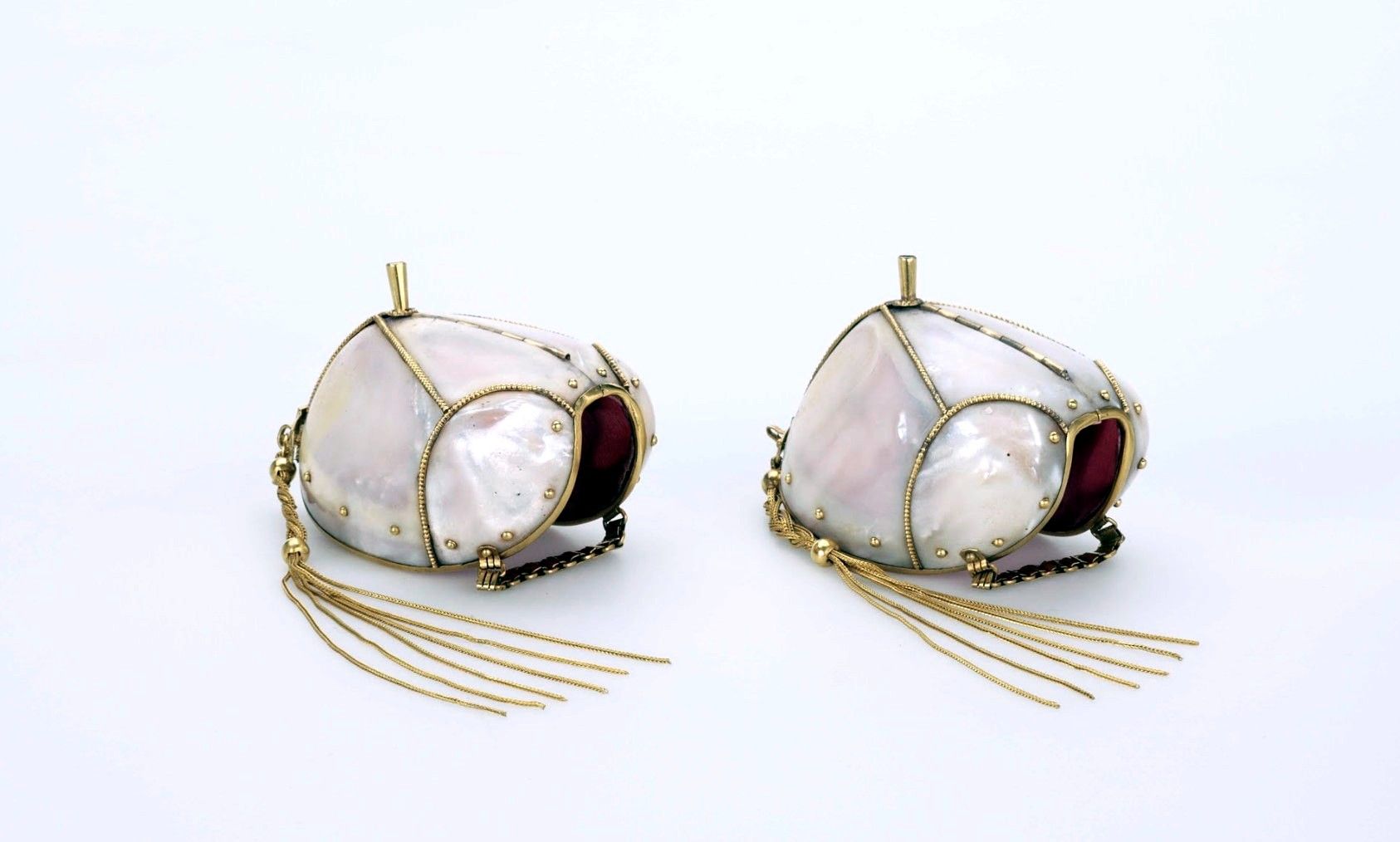The Art of Movement
Olympic series, basketball by Hans Erni, 1983. From the collection of: The Olympic Museum and published on Google Arts & Culture platform.
Very few artists can create dynamic celebrations of the senses, but the crown would have to go to the legendary Leonardo da Vinci. His 1510 anatomical Vitruvian Man dissected movement with scientific precision. The sketch echoes a gymnast’s pose in a timeless freeze of athletic grace.
In the area of sports, it is wonderful to discover artists that challenge the elements of movement and the dynamic essence of sports and explore a new way to express art. A good example is Futurist artist Umberto Boccioni who intentionally rejected traditional imagery and created works that were modern and radical, such as his 1913 Dynamism of a Soccer Player that shattered form to show speed’s essence.

‘Dynamism of a Soccer Player,’ by Umberto Boccioni. Date: 1913. Medium: Oil on canvas. Dimensions: 6’ 4 1/8" x 6' 7 1/8" (193.2 x 201 cm). Credit: The Sidney and Harriet Janis Collection. Source: The Museum of Modern Art.
There have been several artists daring to electrify their art pieces with the pulses of movement, including renowned Hans Erni (1909 – 2015), a Swiss graphic designer, painter, illustrator, engraver and sculptor.
His work captured the Olympic spirit and was even engraved onto Olympic medals, most notably the 1992 Olympic Summer Games Basketball Gold Medal awarded to the United States’ men’s basketball team nicknamed the “Dream Team.”
Through a masterful layering of fractured perspectives and rhythmic brushstrokes, we can see here in his basketball featured art how Erni transformed canvas into court, capturing that breathless moment when players explode upward or across for the opening tip-off.
The art of motion also owes its evolution to the evolution of another art: photography.
Eadweard Muybridge from the UK, began his career capturing landscapes and architecture, but etched his name in history by revolutionizing how we see movement.
In 1872, he was commissioned by a racehorse owner to settle a heated debate: whether all four hooves of a galloping horse ever left the ground simultaneously.
Muybridge's ingenious solution—lining up a battery of cameras triggered automatically as horses raced by—not only proved that horses do indeed become airborne mid-gallop, but fundamentally changed visual storytelling itself.

Eadweard Muybridge, Plate Number 599, "Dusel" trotting, bareback, 1872-1885 / printed 1887, source: artsy.net and credit Robert Koch Gallery.
His sequential images —when animated through his Zoopraxiscope invention — created the illusion of motion, effectively planting the seeds for modern cinema and establishing Muybridge as the unlikely father of motion pictures.
This watershed moment transformed photography from static portraits to a dynamic medium capable of freezing and dissecting time itself.

The Trot: Plate from Animals in Motion, United States, 1887 by Eadweard Muybridge. Credit AMNH Library & Weclome Collection..
Capturing any momentum in art or images remains a true art of creativity, made much easier through the evolution of technology, but nothing beats the origin of the human exploration of motion.


